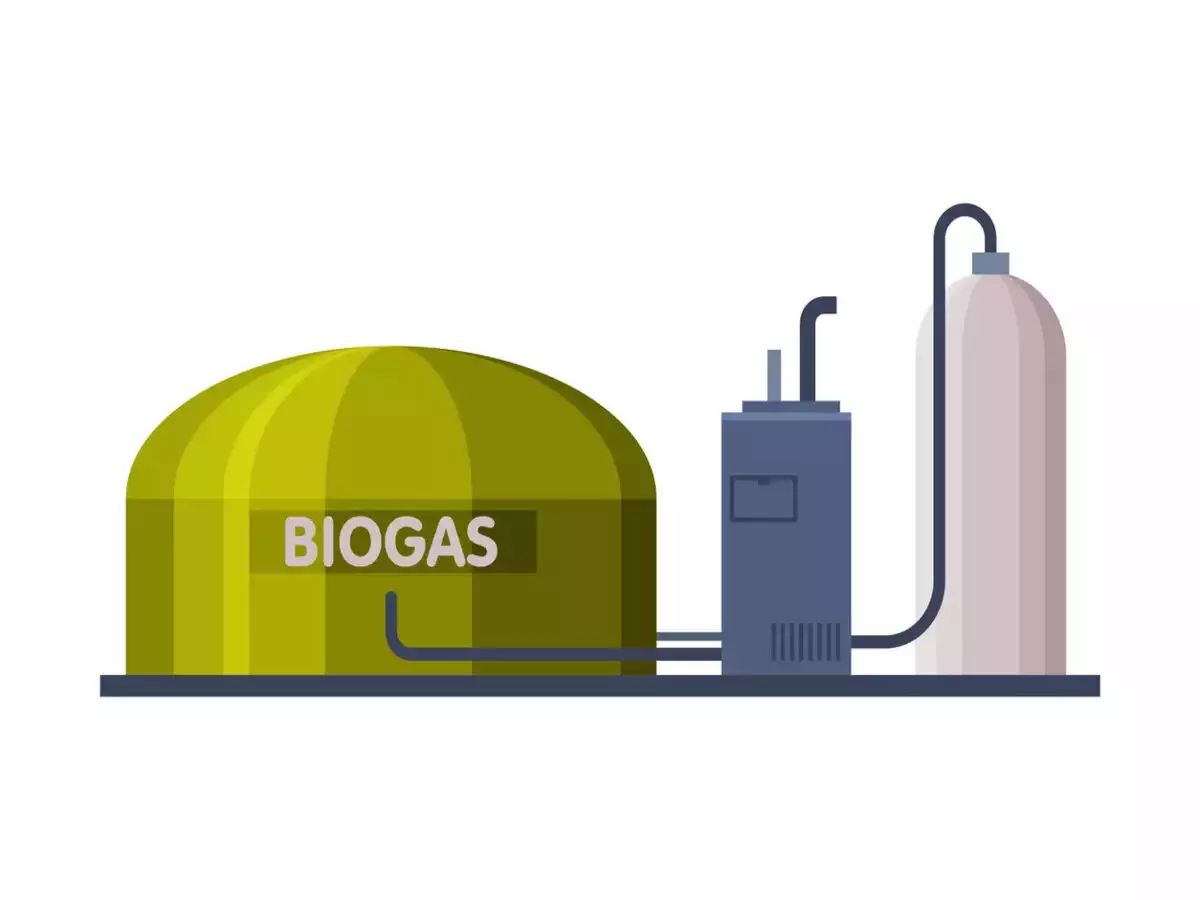In a pioneering move toward sustainable energy, the Costa Rican government, backed by the Inter-American Institute for Cooperation on Agriculture (IICA) and other key organizations, has unveiled an ambitious initiative to revolutionize its energy landscape through a National Biogas Strategy. This groundbreaking strategy focuses on transforming agricultural byproducts, specifically pineapple and coffee residues, into a viable source of clean energy and fuel.
A Strategic Blueprint for Clean Energy
The newly launched National Biogas Strategy aims to set a comprehensive roadmap for the development, utilization, and transportation of biogas as a cornerstone of Costa Rica’s energy matrix. The initiative is not merely about energy production; it encompasses the treatment of wastewater, everyday solid waste, and agricultural as well as agro-industrial residues. This holistic approach ensures that the strategy covers all bases in creating a sustainable and environmentally friendly energy solution.
The formal announcement of this strategy took place on July 2, in an event graced by several high-profile figures, including Stephan Brunner, the Vice President of Costa Rica, and Manuel Otero, the Director General of IICA. The launch also saw participation from Kifah Sasa, Deputy Resident Representative of the United Nations Development Program, Alberto Antillón, Director General of Transportation of the Ministry of Environment and Energy, and Juan Pablo Rojas, President of the Costa Rican Biogas Association.
The Vision of a Greener Future
Vice President Stephan Brunner emphasized the significance of this initiative, highlighting Costa Rica’s robust technological capabilities in the production of biofuels. He noted, “The alliance between the private sector and the government, bolstered by the support from an institution as esteemed as IICA, provides us a formidable platform to commence our journey towards decarbonizing our heavy transportation sector. Additionally, it opens up the potential for exporting this type of green energy to other countries.”
This strategic move aligns perfectly with Costa Rica’s long-standing commitment to environmental stewardship and sustainability. By leveraging the country’s abundant agricultural resources, the strategy not only aims to reduce carbon emissions but also to fortify the national economy through innovative energy solutions.
Integrating Biogas into the National Energy Matrix
The focus on using biogas derived from agricultural waste like pineapple and coffee is particularly noteworthy. These industries are pillars of the Costa Rican economy, and their waste byproducts offer an untapped resource that can now be converted into energy, reducing waste and contributing to environmental health.
The strategy’s comprehensive approach, which includes the treatment and conversion of various forms of waste, positions Costa Rica as a global leader in the practical application of renewable energy technologies. It promises significant reductions in greenhouse gas emissions and paves the way for more sustainable agricultural practices.
Global Implications and Future Prospects
The implications of Costa Rica’s National Biogas Strategy extend beyond its borders. As countries around the world grapple with the challenges of climate change and energy security, Costa Rica’s model provides a replicable framework for integrating agricultural waste management with renewable energy production.
Moreover, the potential for exporting biogas technology and expertise can position Costa Rica as a key player in the global green energy sector, fostering economic growth and technological advancement.
Pioneering a Sustainable Energy Landscape
Costa Rica’s commitment to developing a National Biogas Strategy underscores its role as a pioneering nation in sustainability and environmental responsibility. By effectively harnessing the power of agricultural byproducts, Costa Rica is not only addressing its energy needs but also contributing to a global solution for cleaner and more sustainable energy sources.
As the world watches, this small but mighty nation continues to demonstrate that with innovative thinking and collaborative efforts, the path to a sustainable energy future is within reach.

